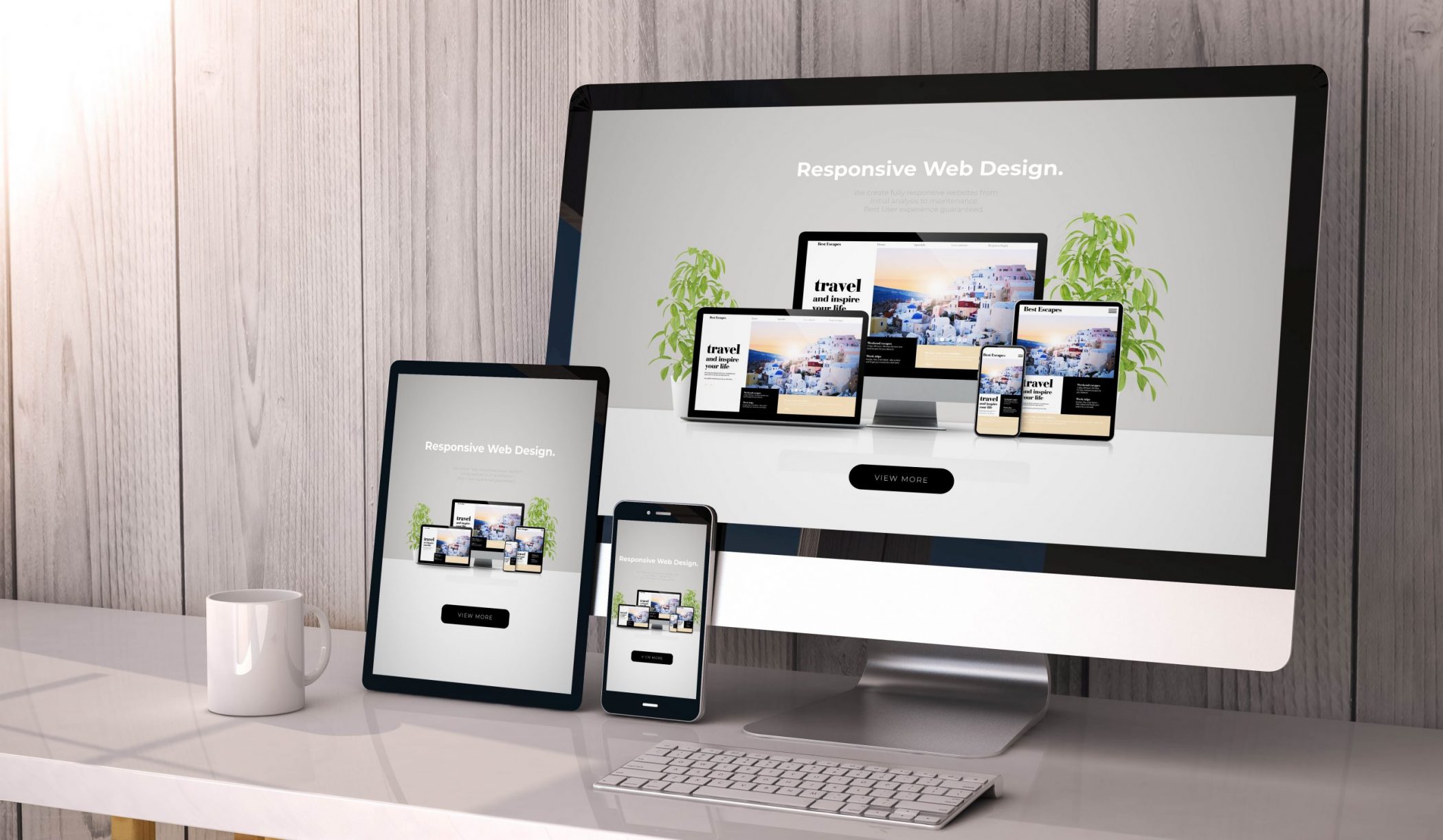How Web Design Affects User Engagement and Conversion Rates
How Web Design Affects User Engagement and Conversion Rates
Blog Article
Exactly How Reliable Website Design Can Increase Customer Experience and Conversions
In the progressively affordable electronic landscape, effective website design plays a critical function in improving customer experience and driving conversions. By concentrating on user-centric concepts, such as clear web content power structures and intuitive navigation, companies can produce appealing platforms that not just draw in site visitors yet additionally help with seamless communications. As we explore the vital components that add to effective website design, it comes to be noticeable that the influence on customer satisfaction and conversion rates is profound. Comprehending these characteristics might discover strategies that could change how users involve with your site.
Significance of User-Centric Design
In the world of website design, focusing on user-centric design is paramount for producing effective electronic experiences. This technique concentrates on understanding the demands, preferences, and actions of individuals, guaranteeing that digital user interfaces are intuitive and accessible (Web design). By incorporating individual feedback right into the design procedure, web designers can craft experiences that reverberate with their target audience, ultimately bring about boosted engagement and contentment
User-centric layout emphasizes functionality, which is crucial for keeping customers and decreasing bounce rates. When individuals can navigate a site effortlessly, they are a lot more likely to explore its web content and transform right into customers.

Crucial Element of Effective Design
Efficient design offers as the foundation of user-centric internet style, converting user needs into visual structures that help with communication. A well-organized layout focuses on web content with a clear pecking order, assisting individuals' eyes to important info. This power structure is commonly developed utilizing color, dimension, and spacing, making certain that crucial aspects stick out.
An additional trick component is using whitespace, which protects against overcrowding and improves readability. Web design. Whitespace enables components to take a breath, making the general style show up cleaner and less complicated to browse. In addition, consistency in style elements, such as fonts and shades, fosters familiarity and trust fund, allowing users to browse the site with better simplicity
Grid systems can also be important, giving a structure that aligns material realistically and visually. This alignment boosts the individual experience by developing a structured visual flow. Flexibility in layout-- like responsive design-- makes sure that websites do well throughout various devices, catering to varied customer choices.
Eventually, an efficient design not only captivates users but additionally motivates them to involve more deeply, eventually fulfilling and driving conversions service objectives. By concentrating on these essential aspects, developers can develop layouts that reverberate with customers and enhance their overall experience.
Navigational Finest Practices
Instinctive and clear navigating is essential for improving individual experience on an internet site. A well-structured navigating system allows individuals to discover info swiftly, which straight influences their click here now complete satisfaction and probability of conversion - Web design. Executing a hierarchical structure is vital; use categories and subcategories that logically team relevant web content, making it less complicated for visitors to explore
Consistency in navigating elements is additionally essential. Ensure that menus, links, and switches maintain harmony in design, shade, and positioning across all web pages, supplying users with an acquainted structure as they browse. Additionally, make use of detailed labels for navigation products. As opposed to generic terms, go with clear labels that accurately mirror the material, helping users in making more information educated decisions.

Mobile Responsiveness and Ease Of Access

Availability, on the other hand, concentrates on making web sites functional for people with specials needs. This includes sticking to guidelines such as the Internet Material Accessibility Standards (WCAG), which deal with problems like shade comparison, text size, and keyboard navigating. By executing these requirements, web designers can develop inclusive experiences that provide to a more comprehensive audience, therefore boosting individual involvement and satisfaction.
In addition, mobile responsiveness and ease of access not just boost user experience however additionally favorably impact search engine rankings. Online search engine focus on mobile-friendly and available internet sites, making them much more likely to show up in pertinent search engine result. Investing in these aspects of web style not just fulfills user needs but likewise adds to overall service success through raised visibility and boosted conversion rates.
Measuring Success Through Analytics
Tracking customer communications and behaviors with analytics is important for assessing the success of an internet site. By leveraging tools anonymous such as Google Analytics, businesses can gather essential data that exposes exactly how customers involve with their website. Metrics such as bounce rates, typical session duration, and conversion prices provide insights right into user behavior and can highlight areas for enhancement.
Recognizing individual demographics and web traffic sources further improves a web site's efficiency. This information permits internet designers to customize material and design components to much better meet the demands of their target market. Furthermore, tracking specific customer journeys helps identify prospective bottlenecks in the conversion funnel, making it possible for organizations to enhance their web style as necessary.
A/B screening different design elements can offer concrete evidence of what reverberates with individuals, permitting for informed decisions based on real-world efficiency. Eventually, measuring success via analytics not only enhances user experience yet likewise drives conversions, making sure that web design efforts straighten with service goals.
Verdict
Finally, effective web style plays a crucial duty in enhancing customer experience and driving conversions. By prioritizing user-centric principles, implementing key layout elements, and making sure user-friendly navigating, internet sites can involve a diverse target market. Mobile responsiveness and access further contribute to a seamless communication for all users. Inevitably, gauging success via analytics permits for continual renovation, making sure that design methods stay aligned with user demands, therefore cultivating service growth and success.
In the increasingly affordable electronic landscape, efficient web style plays an essential duty in boosting customer experience and driving conversions. By incorporating individual comments into the style process, web designers can craft experiences that resonate with their target audience, ultimately leading to increased engagement and complete satisfaction.
Inevitably, the importance of user-centric style lies in its capacity to create significant communications that drive conversions and foster lasting connections with individuals, making it an essential part of successful internet layout techniques.
Inevitably, measuring success with analytics not just improves customer experience however additionally drives conversions, making sure that internet style initiatives line up with company goals.In verdict, effective web layout plays a critical function in boosting user experience and driving conversions.
Report this page